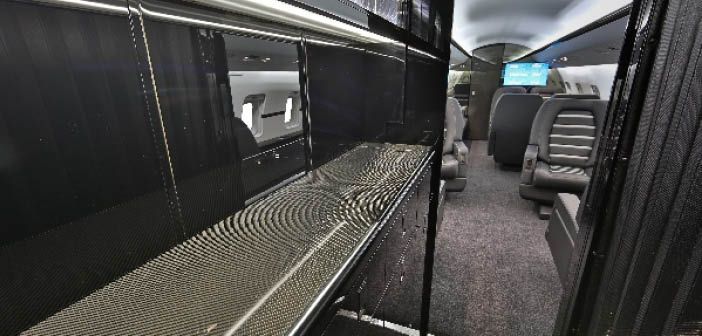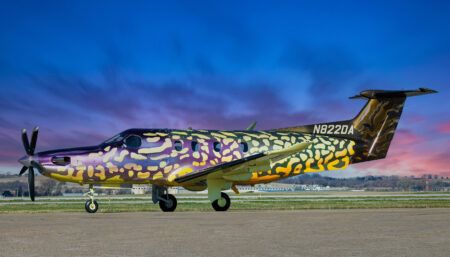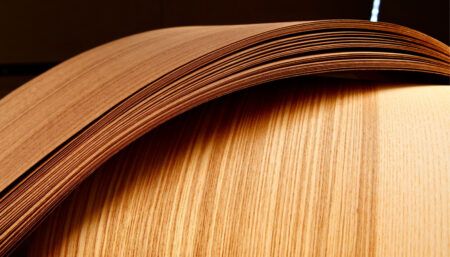Debi Cunningham, vice president of marketing and interior design at West Star Aviation, discusses the joys and pains of integrating carbon fiber
 Have you seen increased demand for carbon fiber in business jet interiors?
Have you seen increased demand for carbon fiber in business jet interiors?
In 2013 we started working on the idea of integrating carbon fiber into a cabin, at customer request. We’ve encountered operators from Canada and the east coast of the USA that are fans of carbon fiber. In our experience there are no generational trends in demand. We think these requests stem from the use of carbon fiber in several high-end cars recently.
How have you used it?
We’ve now integrated carbon fiber on five aircraft, whether as part of a cabin refurbishment or an exterior project. These aircraft have included Gulfstream 200, Challenger 604 and Falcon 900 types. We’ve used carbon fiber on countertops, tables, galleys, lower duct areas, and even as the handrail on the valance areas in a Challenger. It can be used anywhere where wood veneer can be. We’ve also used carbon fiber paint for an aircraft’s livery.
What other applications might be possible?
We believe carbon fiber would look very attractive on bulkheads and entry area radio rack panels, but when using the material for these or other large areas, you should minimize its use through the rest of the aircraft.
 What advantages does carbon fiber offer over other materials, such as wood veneer?
What advantages does carbon fiber offer over other materials, such as wood veneer?
There are no real advantages, other than a current, modern look. Carbon fiber has to be burn-tested and certified just like wood veneer or laminate. It can also be finished in high gloss in the same way as wood veneer.
What are the challenges of integrating carbon fiber?
One challenge is that carbon fiber is more difficult to wrap around edges than wood veneer is, because it is less flexible. Another is aesthetic – we have had to make sure that customers who have wanted carbon fiber haven’t gone overboard with it. We are working with a smaller space than customers may imagine and too much carbon fiber is not a good thing.





